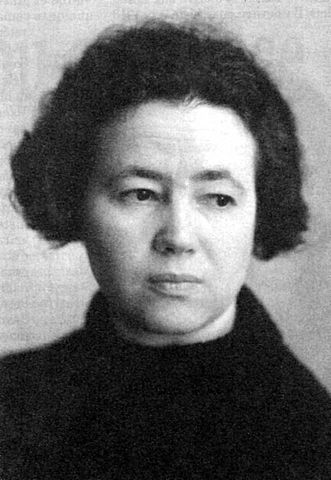The bad tendency test was the most influential standard used by U.S. courts to determine whether criticism of World War I (1914–1918), and the government in the wake of the war, was protected by the First Amendment.
Test started during World War I
The test has its roots in the stance of the Woodrow Wilson administration against dissent to the war effort. President Wilson warned that disloyalty “must be crushed out” in the United States, and that those disloyal “had sacrificed their right to civil liberties.”
Soon after the United States entered the war in 1917, Congress passed the Espionage Act of 1917, the first federal legislation against disloyalty since the Sedition Act of 1798. Although Congress intended to address in the act concerns about the operation of the military, the administration used the act to prohibit dissenting views.
Attorney General Thomas W. Gregory called on dissenters to pray for God’s mercy, “for they need expect none from an outraged people and an avenging government.” The government exacted its vengeance with the assistance of the judiciary.
Bad tendency test had roots in early 20th-century law
The bad tendency test is based on English common law, most specifically on Sir William Blackstone’s Commentaries. In the U.S. judicial system, the roots of the test can be traced to the U.S. Supreme Court cases United States ex rel. Turner v. Williams (1904) and Patterson v. Colorado (1907). However, it was used most pervasively in lower federal court decisions.
For example, Shaffer v. United States (1919), which was heard in the Ninth Circuit Court of Appeals, revolved around Shaffer’s possession and mailing of the book The Finished Mystery. Because a passage in the book questioned the wisdom of the U.S. involvement in the war and the government’s reasons for it, Shaffer was convicted of violating the Espionage Act.
According to the court, “It is true that disapproval of war and the advocacy of peace are not crimes under the Espionage Act; but the question here . . . is whether the natural and probable tendency and effect of the words . . . are such as are calculated to produce the result condemned by the statute” [emphasis added].
Bad tendency test resulted in Court rulings in favor of anti-seditious behavior
The end result of the bad tendency test was that during the wartime era, the Supreme Court ruled in favor of the government’s anti-seditious behavior almost without fail. Among the most well-known cases related to the First Amendment were Abrams v. United States (1919), Gitlow v. New York (1925), and Whitney v. California (1927).
In Abrams, a group headed by Jacob Abrams published a pamphlet decrying Wilson’s decision to send troops to Russia. The pamphlet, written in both English and Yiddish and using anti-capitalist language common to supporters of the Russian Revolution, urged U.S. workers to strike in protest.
The government charged the group with violating the 1918 amendment to the Espionage Act by expressing disloyalty and interfering with the war effort. According to the majority opinion, the Court could distinguish between language intended to discredit the form of the government and language intended to result in action against the institutions of government. However, the Court found that “it is not necessary to a decision of this case to consider whether such distinction is vital or merely formal, for the language of these circulars was obviously intended to provoke and to encourage resistance to the United States in the war.”
In Gitlow, a socialist violated a New York criminal anarchy statute. Benjamin Gitlow distributed a pamphlet calling for mass insurrection and overthrow of the U.S. capitalist system. Using the bad tendency test, the Supreme Court upheld the statute and the conviction. Gitlow’s most enduring legacy, however, was the incorporation of the freedoms of both speech and press to the states.
The Whitney case involved a wealthy heiress, Charlotte Anita Whitney, who was arrested for her membership in socialist and communist organizations that were violating California’s syndicalism laws by helping to form the Communist Labor Party. The Court rejected her claims that the laws violated her freedom of speech. Instead, it found “that a State in the exercise of its police power may punish those who abuse this freedom by utterances inimical to the public welfare, tending to incite crime, disturb the public peace, or endanger the foundations of organized government and threaten its overthrow by unlawful means, is not open to question.”
As speech has become recognized as a “preferred freedom,” the Supreme Court and lower federal courts have moved away from use of the bad tendency test.
This article was originally published in 2009. Tobias T. Gibson is the John Langton Professor of Legal Studies and Political Science at Westminster College in Fulton, MO.

